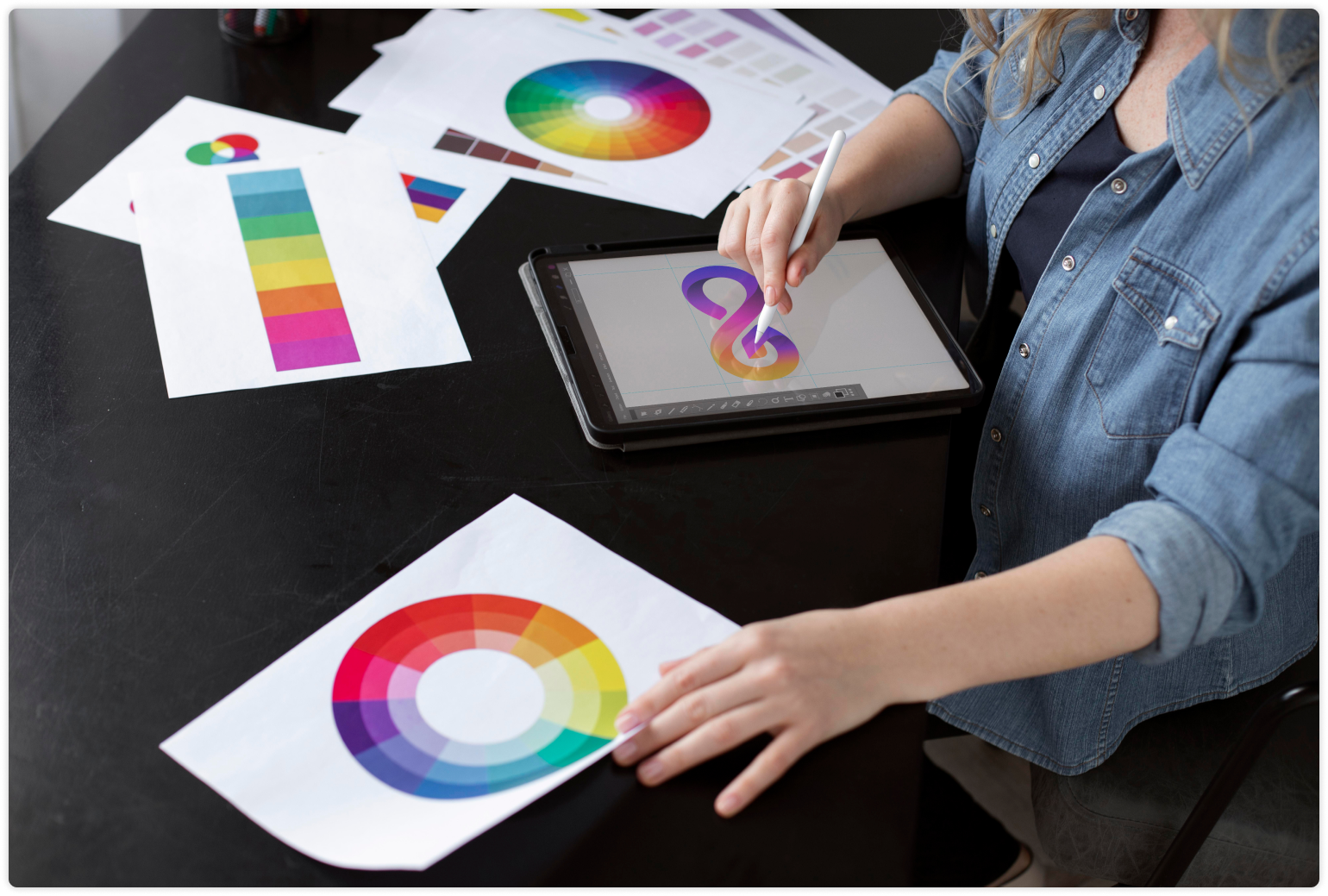The Psychology of Colors: How to Harness the Power of Color in Your Branding

In the world of e-commerce, where competition is fierce and attention spans are short, effective branding plays a crucial role in capturing the attention and loyalty of customers. One often overlooked but powerful aspect of branding is the strategic use of color. Colors have the ability to evoke emotions, convey messages, and influence consumer behavior. Understanding the psychology of colors and leveraging their power in your branding can help you create a strong and lasting impression on your target audience. In this article, we will delve into the psychology of colors and provide practical tips on how to harness their potential in your e-commerce brand.
Here are some practical tips on how to use colors in your brand:
Define your brand personality
Before selecting colors, define your brand's personality and values. Are you aiming for a bold and energetic brand or a calm and sophisticated one? Understanding your brand's personality will help you choose colors that align with your desired image.
Research color meanings
Familiarize yourself with the psychology of colors and their associated meanings. Each color has unique connotations and can evoke specific emotions. Consider how these meanings align with your brand's message and audience. Conduct thorough research to ensure your color choices are intentional and impactful.
Red: Passion, Energy, and Urgency
Red is a color that grabs attention and evokes strong emotions. It is associated with passion, energy, and urgency. Incorporating red into your branding can stimulate excitement and create a sense of urgency in potential customers. However, be cautious with using red as it can also convey danger or anger, so it should be used strategically and sparingly to highlight specific elements such as sales, limited-time offers, or calls to action.
Blue: Trust, Security, and Reliability
Blue is a universally loved color and is often associated with trust, security, and reliability. It creates a sense of calmness and professionalism. Many financial institutions and technology companies leverage the power of blue in their branding to establish trust with their customers. If you want to evoke a feeling of dependability and credibility, incorporating blue into your e-commerce brand can be a wise choice.
Green: Nature, Health, and Wealth
Green is closely linked to nature and is often associated with growth, health, and wealth. It represents freshness, harmony, and sustainability. Green is a popular choice for brands that are focused on health, wellness, and environmental sustainability. If your e-commerce business revolves around natural products, eco-friendly practices, or a healthy lifestyle, incorporating shades of green into your branding can resonate with your target audience.
Yellow: Optimism, Clarity, and Happiness
Yellow is a color that exudes positivity, optimism, and happiness. It grabs attention and stimulates mental activity. Yellow can be used to evoke feelings of warmth and friendliness. Brands that want to convey a sense of playfulness, creativity, or joy often use yellow in their branding. However, use caution when using yellow in large quantities, as it can also be associated with caution or anxiety.
Purple: Creativity, Luxury, and Royalty
Purple has long been associated with luxury, royalty, and creativity. It carries an air of elegance and sophistication. Incorporating purple into your branding can create a sense of exclusivity and premium quality. Many beauty and fashion brands utilize shades of purple to evoke a sense of luxury and indulgence. It is essential to consider your target audience and brand positioning when using purple, as it may not resonate with all demographics.
Orange: Enthusiasm, Warmth, and Approachability
Orange is a vibrant color that radiates enthusiasm, warmth, and approachability. It is often used to signify energy, creativity, and friendliness. Orange can be an excellent choice for brands that want to project a sense of fun, affordability, and accessibility. It can catch the eye and generate excitement. However, like yellow, orange should be used thoughtfully and in moderation to avoid overwhelming your audience.

Use a color palette
Create a color palette that consists of primary and secondary colors to maintain consistency across your brand's visual elements. Choose a dominant color that reflects your brand's essence and use complementary colors to create contrast and balance. The palette should include colors for your logo, website, packaging, and other marketing materials.
Consider your target audience
Take your target audience into account when selecting colors. Different demographics respond differently to various colors. Consider factors such as age, culture, and gender preferences. For example, pastel colors might appeal to a younger audience, while sophisticated neutrals might attract a more mature demographic.
Create a memorable logo
Your logo is the visual representation of your brand, so it should incorporate your chosen colors effectively. Use colors that enhance your brand's personality and message. A well-designed logo that incorporates color symbolism can create a lasting impression on your audience.
Maintain consistency
Consistency is key when using colors in branding. Ensure that your chosen colors are consistently applied across all brand touchpoints, including your website, social media profiles, packaging, marketing materials, and even customer support. This consistency will help reinforce your brand's identity and make it easily recognizable.
Test and iterate
Don't be afraid to test different color combinations and gather feedback from your target audience. Conduct A/B testing to see how different colors impact user engagement and conversion rates. Analyze the results and make necessary adjustments to improve the effectiveness of your brand's color usage.
Color plays a vital role in branding and has a profound impact on consumer perception and behavior. By understanding the psychology of colors and strategically incorporating them into your e-commerce brand, you can effectively communicate your message, evoke desired emotions, and create a strong connection with your target audience. Remember to always keep the nature of your business, your target market, and your brand message in the forefront when selecting and using colors to create a coherent and appealing brand experience.